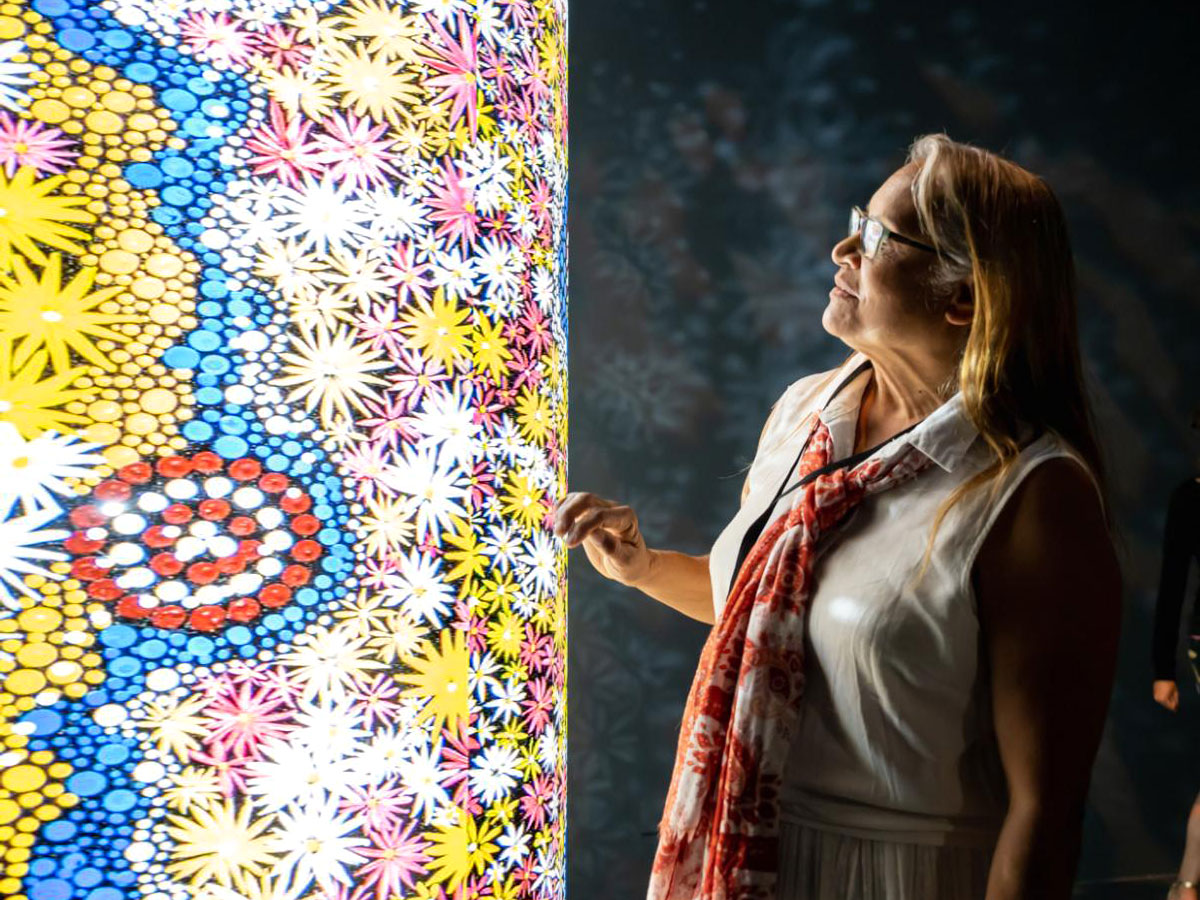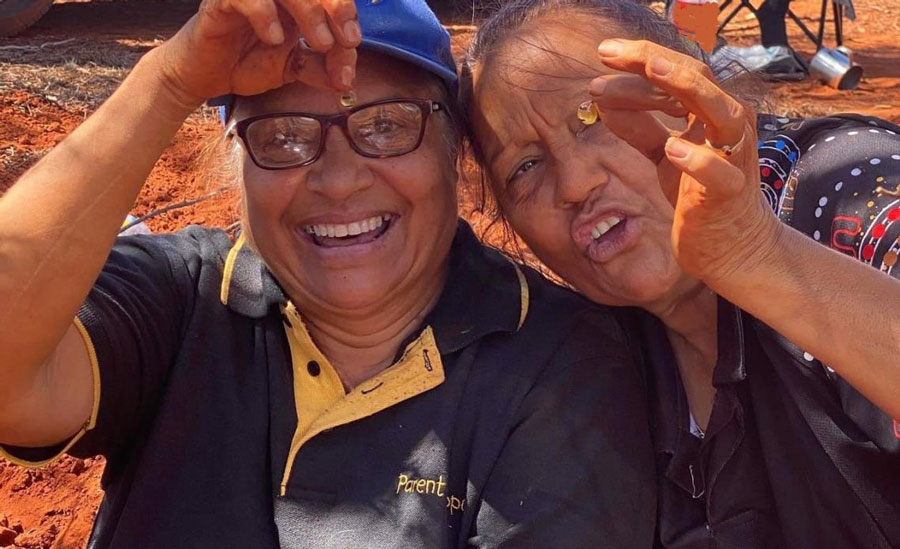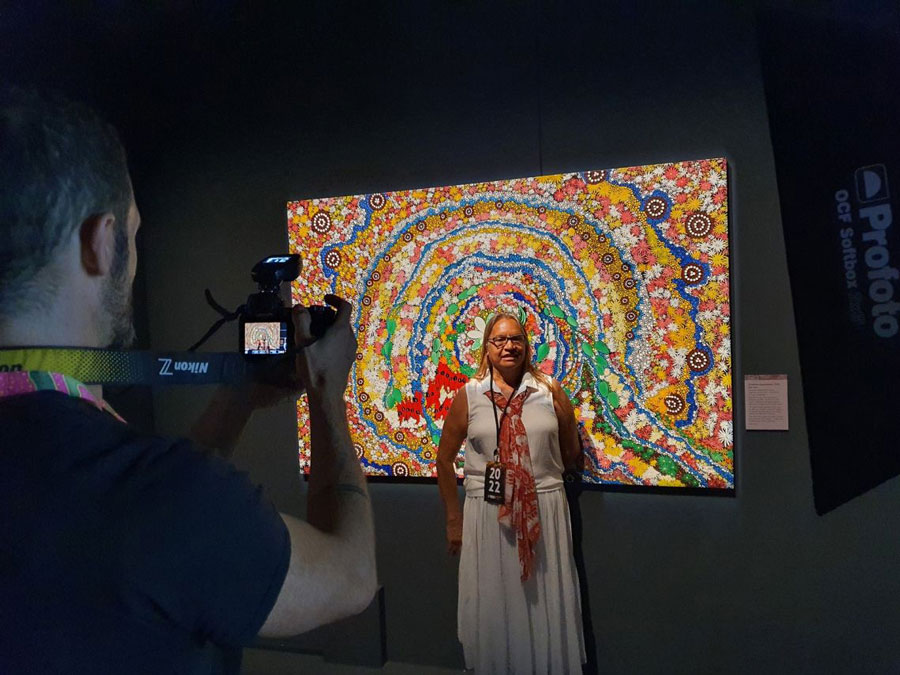
Edie Ulrich is one of the last fluent speakers of the Tjupan language, which was originally spoken in Wiluna, Darlot, Carnegie, Wongawol, and the Sandstone areas of WA's Northern Goldfields.
The Tjupan people’s relationship with traditional country has practically remained unbroken, despite the fact that most of the people were relocated to missions and stations during the early European settlement phase.
Thanks to growing up in the bush and spending quality time foraging and hunting with her family, Edie has been able to keep her language and cultural practice alive. With few children currently speaking the language as their mother tongue, her contribution to the ongoing language preservation agenda is crucially important to its success.
The Goldfields Aboriginal Language Centre partners with Edie and other fluent speakers to analyse and record the endangered Aboriginal languages of the region and create a range of documents and teaching resources such as lexical databases, dictionaries, and grammars.

Image: Edie and Marjie treat tour guests to traditional family fun and tasty treats on their Goldfields Honey Ant Tours
As owner/operator of the Goldfields Honey Ant Tours in Kalgoorlie, Edie treats tour guests to a unique hunting trip with the family where they experience traditional gathering, harvesting, and tasting of Australia’s ‘best’ honey, followed by a relaxing yarn with tea and bushfood at the campfire.
The Tjupan Artists is another organisation where Edie is actively involved, showcasing her culture through her outstanding creative talent. This group of artists were key contributors to the nationally acclaimed Kalgoorlie Arts Trail, Heartwalk. Their work is painted in both contemporary and traditional desert styles, each piece carries a special story that connects to their country and their culture.
Edie’s art features as Murals in the Kalgoorlie townscapes and, her stunning painting ‘Juruyinku kujuyinkuya’ is now on display at the WA Museum’s Exhibition ‘Belong’ which runs until Sunday 30th January 2022. Celebrating the UNESCO Decade of Indigenous Languages (2022-2032), the exhibition highlights the link between Elders, language speakers and the land, emphasising the cultural importance of languages.

Juruyinku kujuyinkuya means ‘together we are one – connection’ in Tjupan language. Edie says “The painting is a metaphor for life. The flower at the centre represents the karlkula fruit (silky pear) to depict ‘kurti’ or inner spirit. The white inside signifies purity and, as different emotions are felt, it begins to change towards green, and then other colours. The red of the marlu kuru (Stuart Desert Pea) indicates hot temper or anger and its black parts symbolise sickness”.
More information about the Goldfields Honey Ant Tours here
